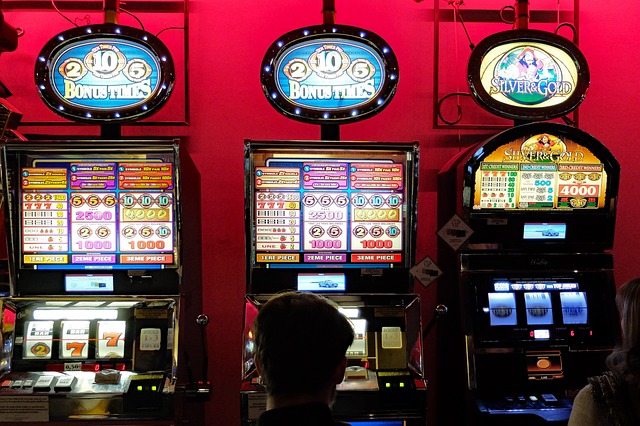Slot machines have come a long way from the one-armed bandits of the early 20th century to the high-definition, feature-rich video slots available today. Whether you’re a fan of the traditional experience or drawn to modern digital games, understanding the differences between classic and video slots can help you make better choices at the casino. While both types aim to entertain and offer the chance to win, they differ significantly in terms of design, gameplay, and bonus features. In this post, we’ll explore what sets them apart and which might be the best fit for your playing style. Whether you’re spinning for nostalgia or innovation, this comparison will clarify what to expect from each slot category and how they impact your gaming experience overall.
What Are Classic Slots?
Classic slots are inspired by the traditional mechanical slot machines that dominated land-based casinos for decades. Typically, these games feature three reels and a limited number of paylines—usually one to five. Symbols are often simple and iconic, such as fruits, bars, bells, and sevens. The gameplay is straightforward, with minimal features and a focus on spinning and lining up symbols for a payout. Because of their simplicity, classic slots are often seen as more accessible for beginners or players who prefer a fast and uncomplicated experience. They rarely include bonus rounds, wild symbols, or scatter pays, which makes them more about luck than strategy or decision-making. Despite being overshadowed by modern graphics and innovations, classic slots remain popular among purists and those seeking a retro gaming feel.
The Rise of Modern Video Slots

Modern video slots, on the other hand, represent the digital evolution of slot gaming. These games usually feature five or more reels and offer dozens—sometimes hundreds—of paylines or even 243 ways to win. Unlike classic slots, they are packed with immersive themes, high-quality animations, and complex bonus features. Players can enjoy free spins, wild symbols, multipliers, mini-games, and progressive jackpots. These added features make video slots not only more interactive but also potentially more rewarding. Software developers continue to push creative boundaries, incorporating storytelling, branded content, and even 3D graphics to enhance user experience. As a result, modern video slots tend to appeal to a younger and more diverse audience who enjoy high engagement and visual appeal during gameplay.
Key Gameplay Differences
When comparing gameplay, classic slots prioritize simplicity, whereas modern video slots emphasize engagement and variety. In classic slots, players typically press a button or pull a lever to spin, and that’s where the interaction ends. There are fewer symbols and combinations, making outcomes easier to track. Modern video slots, however, often include multiple ways to trigger bonuses and interactive sequences that allow players to make choices, like picking items in a mini-game to reveal prizes. This added complexity can make video slots feel more like a digital adventure than a traditional casino game. However, the trade-off is that some players may find the learning curve steep or the gameplay overwhelming. Choosing between the two often depends on your preference for straightforward vs dynamic gaming experiences.
Payouts and Volatility

Another major difference lies in how each slot type handles payouts and volatility. Classic slots usually offer lower volatility, meaning wins are smaller but occur more frequently. They suit players who want to stretch their bankroll and enjoy steady, low-risk play. Video slots, conversely, often have medium to high volatility. This means players may experience longer dry spells between wins, but the potential rewards—especially during bonus features—can be much higher. Many modern video slots also feature progressive jackpots, which accumulate over time and can lead to life-changing payouts. Understanding this difference is crucial for players who aim to manage their risk and budget effectively. Whether you’re looking for consistent play or chasing big wins, volatility plays a key role in your slot strategy.
Which Slot Type Should You Choose?
Deciding between classic and video slots ultimately comes down to your personal preferences. If you value nostalgia, straightforward gameplay, and minimal distractions, classic slots might be your go-to option. They offer a clean and focused experience without complicated rules or features. However, if you enjoy engaging stories, high-definition visuals, and diverse bonus rounds, then modern video slots are likely to keep you entertained for longer. They provide a richer, more immersive gaming environment that evolves constantly with technological innovation. Many players enjoy switching between both types depending on their mood or gaming goals. Some start with classics for warm-up and move to video slots when they want a more intense session. The key is knowing what kind of experience you enjoy and aligning your choices accordingly.
